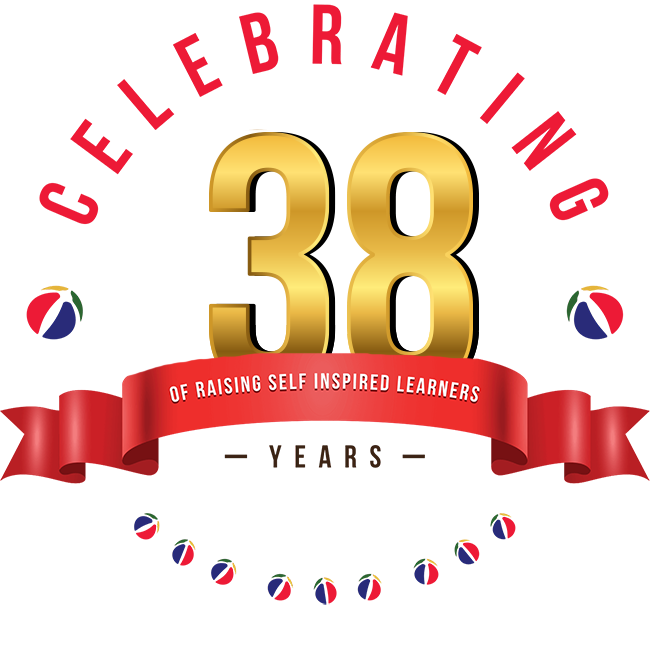Introduction
In any learning environment, especially in the best pre-k schools in Houston, TX, student participation is crucial for creating a dynamic, interactive, and effective educational experience. Encouraging participation can be challenging, but with the right strategies, educators can engage every student. Here are the top 5 strategies that are used to get all students to participate in a classroom.
Creating a Safe and Inclusive Environment
Creating a safe and inclusive environment is paramount. According to Dr. Sara Rimm-Kaufman in her book “Improving Students’ Relationships with Teachers to Provide Essential Supports for Learning”, students are more likely to participate when they feel a sense of belonging and safety.
At Montessori Schools of Downtown, regarded as some of the best pre-k schools in Houston, TX, teachers create a warm and welcoming atmosphere. They use positive reinforcement, celebrate diverse cultures, and encourage open student communication. This creates a comfort level among students, making them more inclined to actively participate.
Incorporating Interactive Teaching Methods
Interactive teaching methods like group activities, hands-on learning, and educational games can foster participation. Academic expert Dr. Maryellen Weimer mentions in “Learner-Centered Teaching: Five Key Changes to Practice” that students participate more when they find learning enjoyable and engaging.
Montessori Schools of Downtown, for instance, utilizes the Montessori Method which is renowned for its hands-on approach. Children in these best pre-k schools in Houston, TX are encouraged to use learning materials, engage in group activities, and explore creative outlets that facilitate active participation.
Differentiating Instruction Based on Students’ Needs
Differentiated instruction involves tailoring teaching strategies to meet the diverse needs of students. Carol Ann Tomlinson, a leading advocate for differentiated instruction, says in her book “The Differentiated Classroom: Responding to the Needs of All Learners” that this approach acknowledges that students have varied background knowledge, readiness, language, preferences in learning, and interests.
For example, a teacher at Montessori Schools of Downtown might assign students to read books at their reading level or engage in activities that challenge them without causing frustration. This attention to individual needs motivates students to participate.
Encouraging Peer-to-Peer Interaction
Peer-to-peer interaction is an effective strategy to involve all students. This involves students learning with and from each other. Research shows that children often feel more comfortable interacting with peers. A study from the Journal of Applied School Psychology indicates that peer-assisted learning can have a significant positive effect on student participation.
At Montessori Schools of Downtown, classrooms often have students of varying ages. This allows older students to take on leadership roles, while younger ones feel more comfortable participating and learning from their peers.
Actively Engaging Parents and Caregivers
Parental involvement is a crucial element in a child’s education. According to a report from Southwest Educational Development Laboratory, students whose parents are actively involved in their education, tend to participate more actively in the classroom.
Montessori Schools of Downtown maintain an open line of communication with parents and caregivers. They also host events and workshops to keep them engaged. This home-school connection encourages students to participate more in class because they feel support from their families.
Using Technology to Enhance Participation
In today’s digital age, the incorporation of technology into the classroom is inevitable and can be a potent tool for increasing student participation. Utilizing interactive whiteboards, tablets, or educational apps allows for a more engaging and collaborative learning experience.
David L. Stoloff, in his book “Integration of Technology into the Classroom: Case Studies”, illustrates how technology can foster participation. It brings in a variety of teaching materials, and students can explore different ways of learning that suit them best.
Teachers at Montessori Schools of Downtown incorporate technology to augment their hands-on learning approach. For instance, using apps that allow children to virtually build structures can be an excellent supplement to traditional block-building activities. This blend of physical and digital learning materials can cater to diverse learning preferences, and encourage all students to participate.
Conclusion
Ensuring that all students participate in the classroom, especially in pre-k, lays the foundation for a lifelong love for learning. Through creating a safe and inclusive environment, incorporating interactive teaching methods, differentiating instruction, encouraging peer-to-peer interaction, and engaging parents, Montessori Schools of Downtown stand as some of the best pre-k schools in Houston, TX.
By employing these strategies, educators not only facilitate a more interactive and engaging learning environment but also help in the holistic development of every child. Educators must continue to innovate and adapt these strategies to meet the evolving needs of their students.


